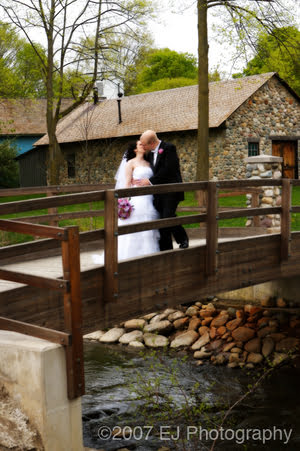One morning you wake up and take a look outside. The sun is shining and you are ready to have a great day. The mail arrives on time, as usual, and you have a letter from the city in which you live in. Wondering what this letter could be, you open it up only to find a picture of your vehicle and a ticket that can be a couple of hundreds dollars. Angry, you read the notice, and basically it informs you that you ran a red light on a certain date and you are now being billed for this offense. While many individuals find that this is a violation of their privacy, they reluctantly pay the ticket. However, there are many steps you can take that will keep you from paying a dime for these ridiculous photos.
The first step you must take is find out which jurisdiction you were ticketed in. Every state law requires that photo enforced intersections must have a sign within 300 feet from the actual intersection. Many times, this law is not followed. The best way to discover this is to go to the intersection where you were ticketed at, and simply measure the length between the sign and the actual device. In many cases, there isn’t even a sign warning drivers of the photo-enforced intersection. If this is the case, the court will rule in your favor, and you will not have to pay the ticket simply because the city did not comply with the state-required law.
You will then want to research the manufacturers of the photo-enforced intersection radars. You can find these companies by searching for Photo Radar Vendors. Every company website must post the percentage of error and maintenance information for the public. You will want to print off this information so you can show the court the various drawbacks for the radar that took your picture.
When you arrive in court, you will want to have the following information with you:
1. The testing results gathered from the vendors website about the radar camera.
2. All maintenance records for the particular intersection.
3. Whether or not there was a sign placed 300-feet away from the intersection.
4. And if there was no sign at all.
The more information you can gather the better, and you will have a solid case to present in front of the judge. When you are in court, you will want to explain the following:
1. Explain the margin of error that each of the radar cameras possess. While this margin may be quite small, it will still be able to show that the camera did not work properly when the photo of your vehicle was taken.
2. Provide the court with information that informs the individual in the car may not be you. While it is suggested that you were the individual driving, there is no solid evidence that you are the actual driver.
3. If you discover that the maintenance schedule has not been followed, present this information to the court. Since the law requires a specified time for maintenance, if the company has not followed this, the camera could have malfunctioned when snapping your picture.
4. Explain to the judge that there is reasonable doubt that the camera malfunctioned, as well as the fact that you may not have been the driver depicted in the photo.
Always present your case in a collected manner, and remain professional at all times. Again, bring as much information with you as possible, and if you have proof that you were not at the intersection when the picture was taken, such as being at work and providing the court with your timecard, the ticket will be dropped.
You can also protect yourself from ever being in this situation by applying a photo blocking spray to your license plate. However, this spray DOES NOT condone running red lights or speeding, it simply protects your right as a US Citizen.
And remember, if you never want to find yourself in this situation, never run red lights, or even yellow lights. Always follow the posted speed limits, and you will never have to deal with the pain of going to court and the frustration of seeing a $200 photo of your vehicle.


